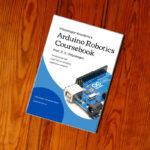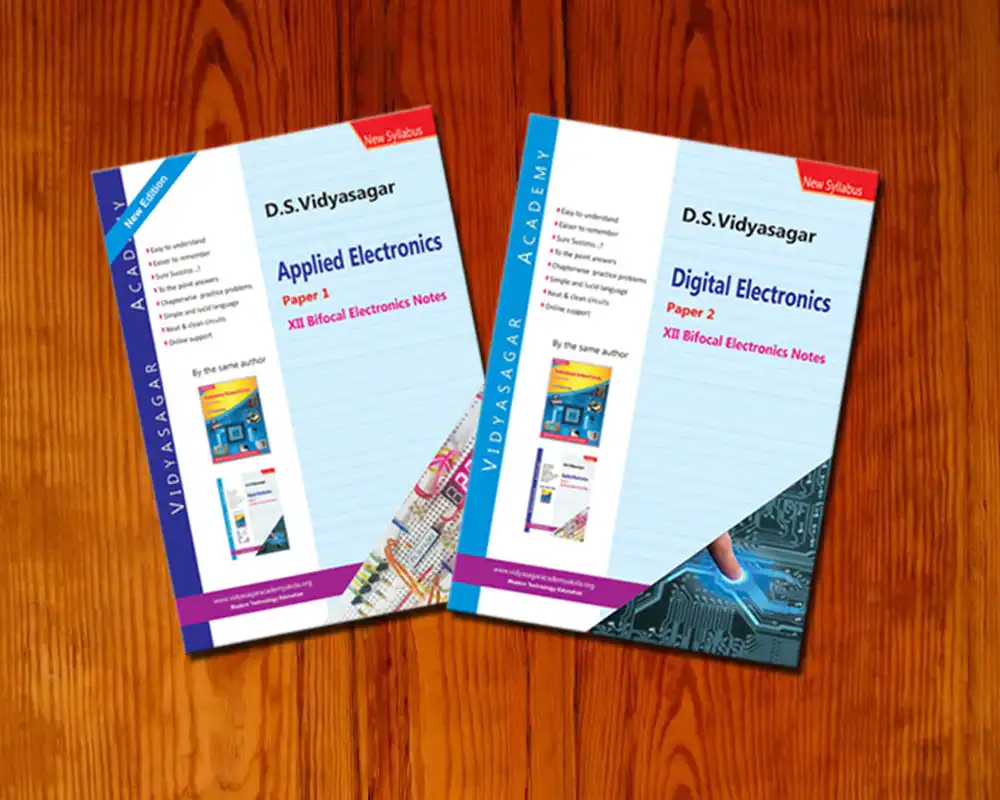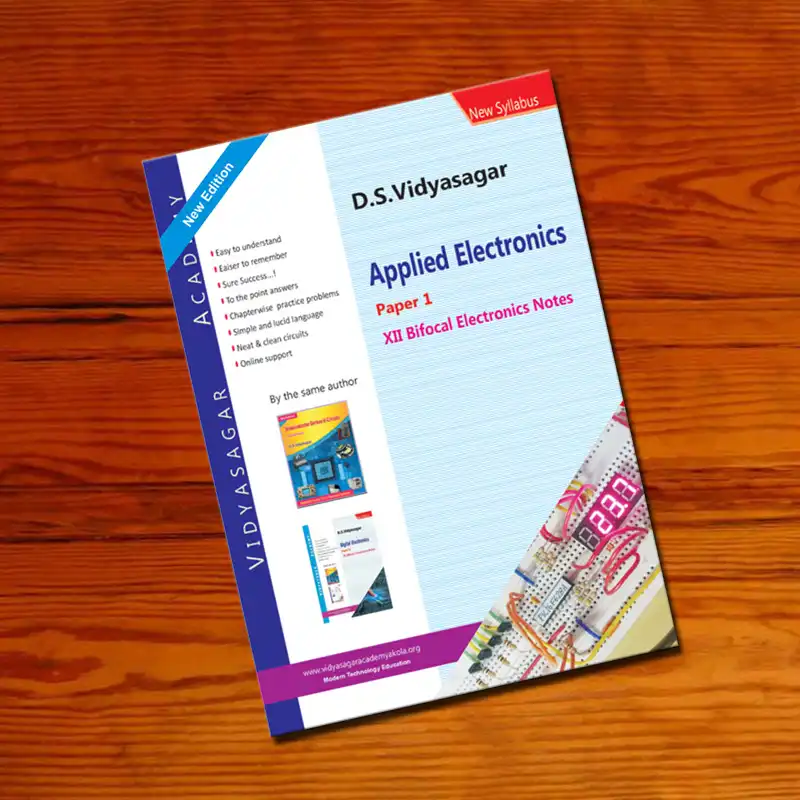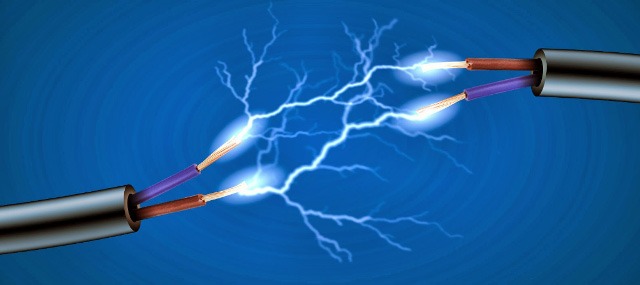
The flow of charges i.e. electrons from one point to another is called electric current. But this current is produced only when we apply potential difference across a conductor.
Read MoreHow does electricity work?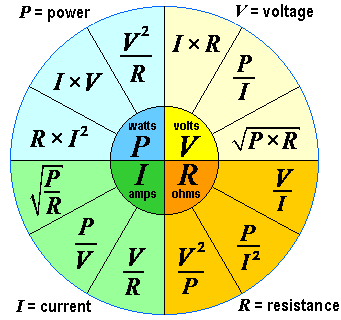
The Ohm’s Law states that so long as the physical state of the conductor remains the same, the amount of electric current (I) flowing through the conductor is directly proportional to the potential difference (V), provided the resistance (R) of the conductor remains the same.
Read MoreOhm’s Law and Concept of AC & DC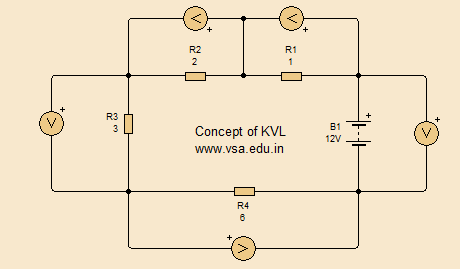
The KVL is the best tool to analyse the electrical and even electronic circuits. If you learn KVL properly, you will be able to read all the branches in a circuit like we read a book with all pages in it…! So don’t ignore this topic and the topic of KCL also. It is one of the most important topic in fundamentals of electricity and electronics.
Read MoreKirchhoff’s Voltage Law (KVL)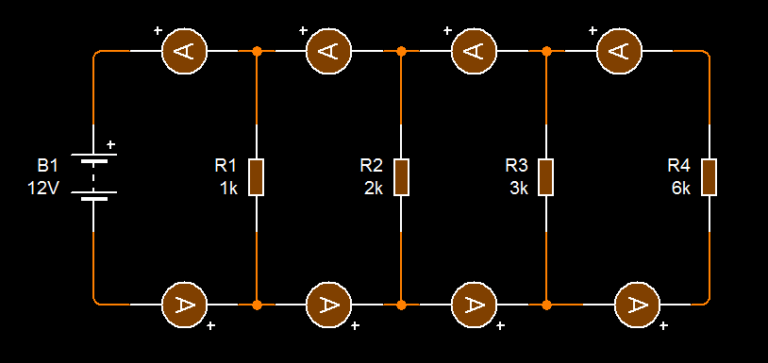
In Kirchhoff’s Current Law, the algebraic addition of all currents in a closed circuit is always equal to zero. It gives us the idea of sign convention of currents in a circuit.
Read MoreKirchhoff’s Current Law (KCL)
Every electric source like battery or generator contains some internal resistance. This resistance is invisible, but it is always present within the source. If the internal resistance of the battery or generator is very low, its power delivering capacity is very high.
Read MoreInternal Resistance of Electric Source
There are two types of electric sources: Ideal and practical sources. As the name suggests the ideal source is always imaginary, while the practical source is the one which we use in our practical circuits.
Read MoreIdeal & Practical Voltage Sources
Definition: The rate of doing electric work is called electric power. The unit of electric power is Joule/second or Watt (W). The electric power can also be measured in kilo-watt-hour (kWh) or Joules (J).
Read MoreConcept of Electric Power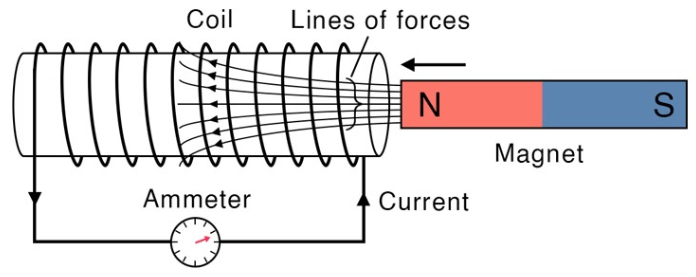
Electromagnetism is the physical interaction among electric charges, magnetic moments, and the electromagnetic field. The electromagnetic field can be static, slowly changing, or form waves. Electromagnetic waves are generally known as light and obey the laws of optics.
Read MoreFaraday’s Laws of Electromagnetic Induction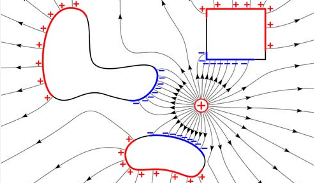
Electrostatics is a branch of physics that studies electric charges at rest. In this topic we have to study the working of capacitor in terms of electrostatics.
Read MoreBasic Concepts of Electrostatics










